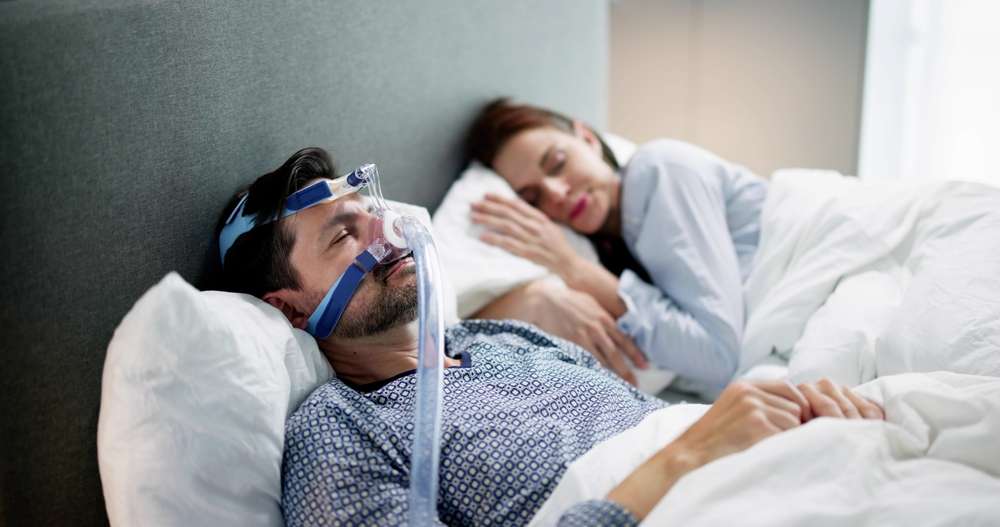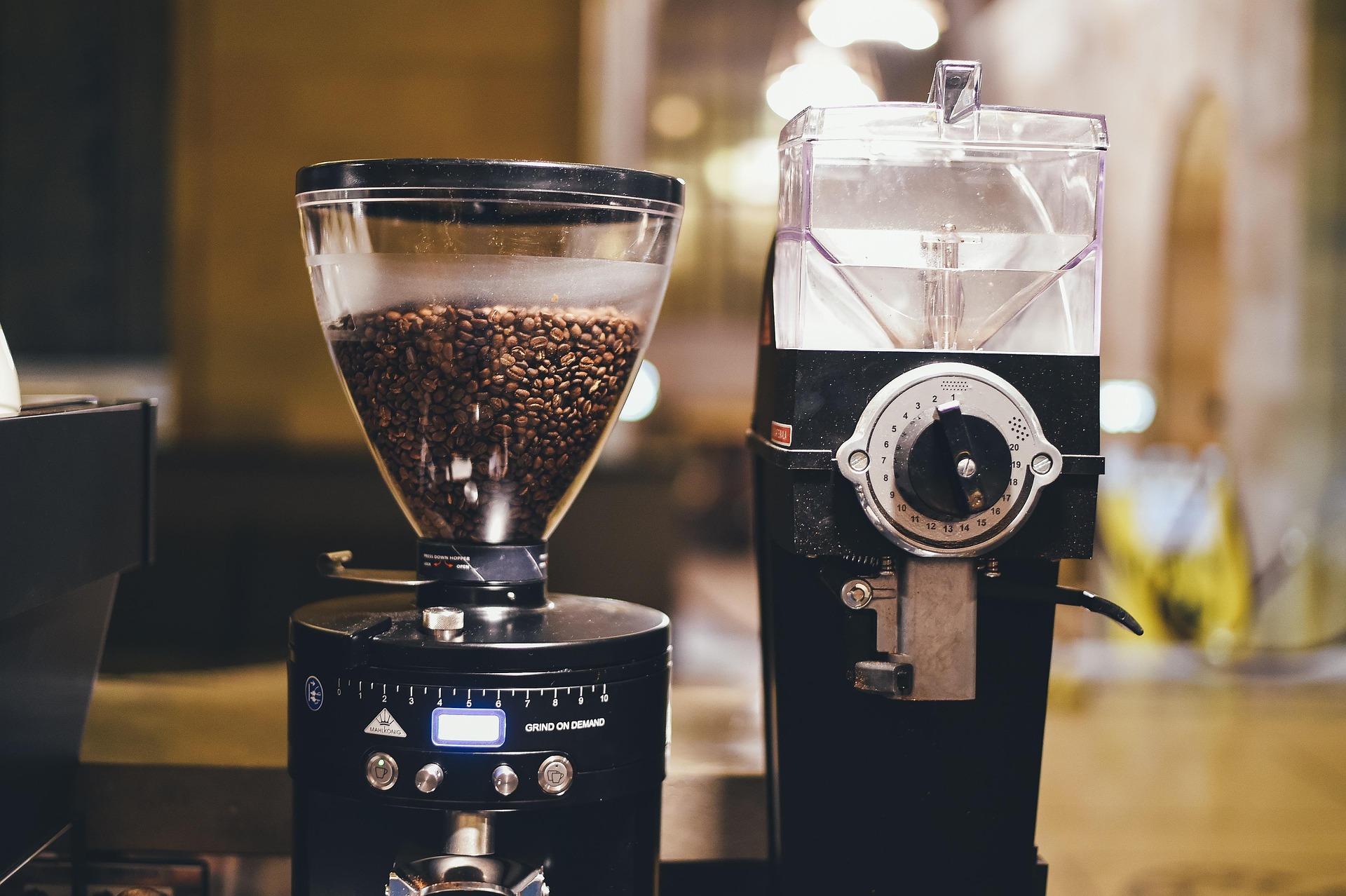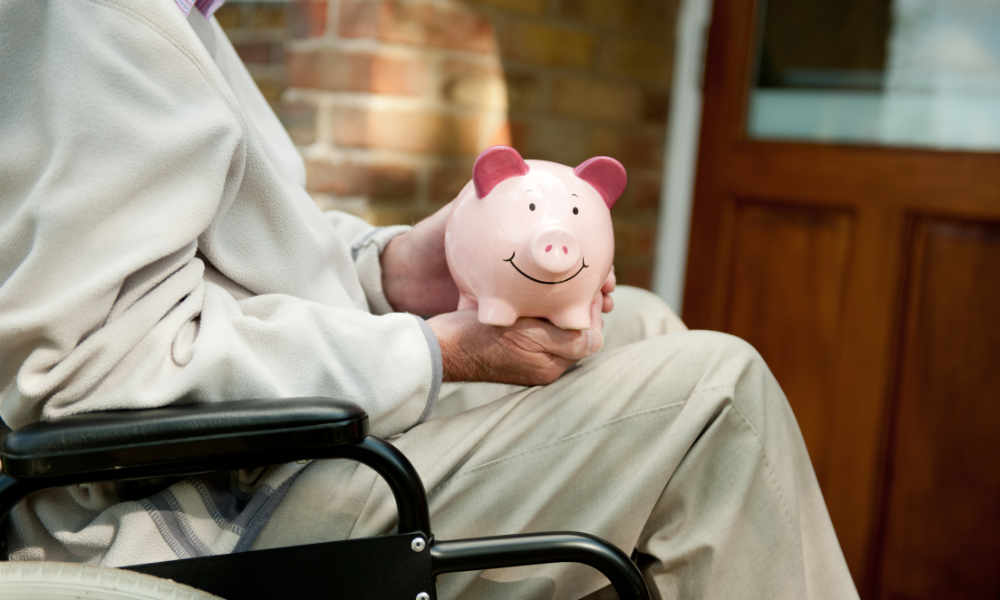COPD Sleep Solutions: Nighttime Oxygen Therapy Benefits
Chronic Obstructive Pulmonary Disease (COPD) significantly impacts sleep quality, with many seniors experiencing restless nights due to breathing difficulties. Nighttime oxygen therapy using portable oxygen machines offers a proven solution for improved rest and better overall health outcomes. Understanding how overnight oxygen therapy works can help COPD patients and their families make informed decisions about treatment options.

How Does Nighttime Oxygen Therapy Improve Sleep Quality?
During sleep, oxygen levels naturally drop for everyone, but COPD patients experience more dramatic decreases that can disrupt rest patterns. Nighttime oxygen therapy maintains adequate blood oxygen levels throughout sleep cycles, preventing the frequent awakenings caused by oxygen desaturation. This consistent oxygen supply allows deeper, more restorative sleep phases that are crucial for physical recovery and mental well-being.
The therapy works by delivering a steady flow of concentrated oxygen through a nasal cannula or mask connected to a portable oxygen concentrator. Modern devices operate quietly, ensuring minimal sleep disruption while providing the necessary respiratory support throughout the night.
What Sleep and Breathing Benefits Can COPD Patients Expect?
COPD patients using overnight oxygen therapy typically experience several measurable improvements in their sleep and breathing patterns. Morning headaches, a common symptom of nighttime oxygen deprivation, often diminish significantly within weeks of starting therapy. Patients report feeling more refreshed upon waking and having increased energy levels throughout the day.
Breathing improvements extend beyond sleep hours, as better nighttime oxygenation reduces strain on the cardiovascular system. This decreased workload on the heart and lungs can improve overall stamina and reduce shortness of breath during daily activities. Many patients also notice reduced anxiety related to sleep, as they feel more confident about their ability to breathe comfortably through the night.
How Can Seniors with COPD Breathe Easier Overnight?
Seniors with COPD can optimize their nighttime oxygen therapy effectiveness through proper equipment setup and sleep positioning. Elevating the head of the bed by 6-8 inches helps maintain open airways and reduces the work of breathing during sleep. Using multiple pillows or an adjustable bed frame can achieve this elevation comfortably.
Portable oxygen concentrators designed for nighttime use should be positioned within easy reach but away from the bedside to minimize noise disruption. Regular cleaning of nasal cannulas and tubing ensures optimal oxygen delivery and prevents infections that could worsen COPD symptoms. Creating a consistent bedtime routine that includes checking oxygen equipment helps establish better sleep habits.
What Types of Portable Oxygen Machines Work Best for Sleep?
Several types of portable oxygen machines cater specifically to nighttime use, each with distinct advantages for COPD patients. Stationary oxygen concentrators provide continuous flow oxygen and typically operate more quietly than portable units, making them ideal for bedroom use. These machines plug into standard electrical outlets and can run throughout the night without battery concerns.
Battery-powered portable concentrators offer flexibility for patients who travel frequently or experience power outages. Pulse-dose concentrators detect breathing patterns and deliver oxygen only during inhalation, conserving battery life and extending operating time. However, some patients require continuous flow oxygen during sleep, making stationary units more appropriate for their needs.
Are There Costs Associated with Nighttime Oxygen Therapy?
The financial aspects of nighttime oxygen therapy vary significantly based on equipment type, insurance coverage, and whether patients rent or purchase devices. Medicare typically covers oxygen therapy costs when medically necessary, including equipment rental and oxygen supplies, though patients may pay deductibles and copayments.
| Equipment Type | Provider Example | Monthly Cost Range |
|---|---|---|
| Stationary Concentrator Rental | Lincare, Apria Healthcare | $150-$300 |
| Portable Concentrator Purchase | Inogen, Philips Respironics | $1,500-$3,500 |
| Liquid Oxygen System | American HomePatient | $200-$400 |
| Compressed Gas Cylinders | Rotech Healthcare | $100-$250 |
Prices, rates, or cost estimates mentioned in this article are based on the latest available information but may change over time. Independent research is advised before making financial decisions.
Private insurance plans may have different coverage levels and approved supplier networks, affecting out-of-pocket expenses. Patients without insurance coverage can expect higher costs, though many suppliers offer payment plans and rental options to make therapy more affordable.
Nighttime oxygen therapy represents a valuable treatment option for seniors with COPD seeking improved sleep quality and breathing comfort. The combination of proper equipment selection, optimal setup, and consistent use can significantly enhance quality of life for COPD patients. Working with healthcare providers and respiratory therapists ensures the most appropriate therapy approach for individual needs and circumstances.
This article is for informational purposes only and should not be considered medical advice. Please consult a qualified healthcare professional for personalized guidance and treatment.




